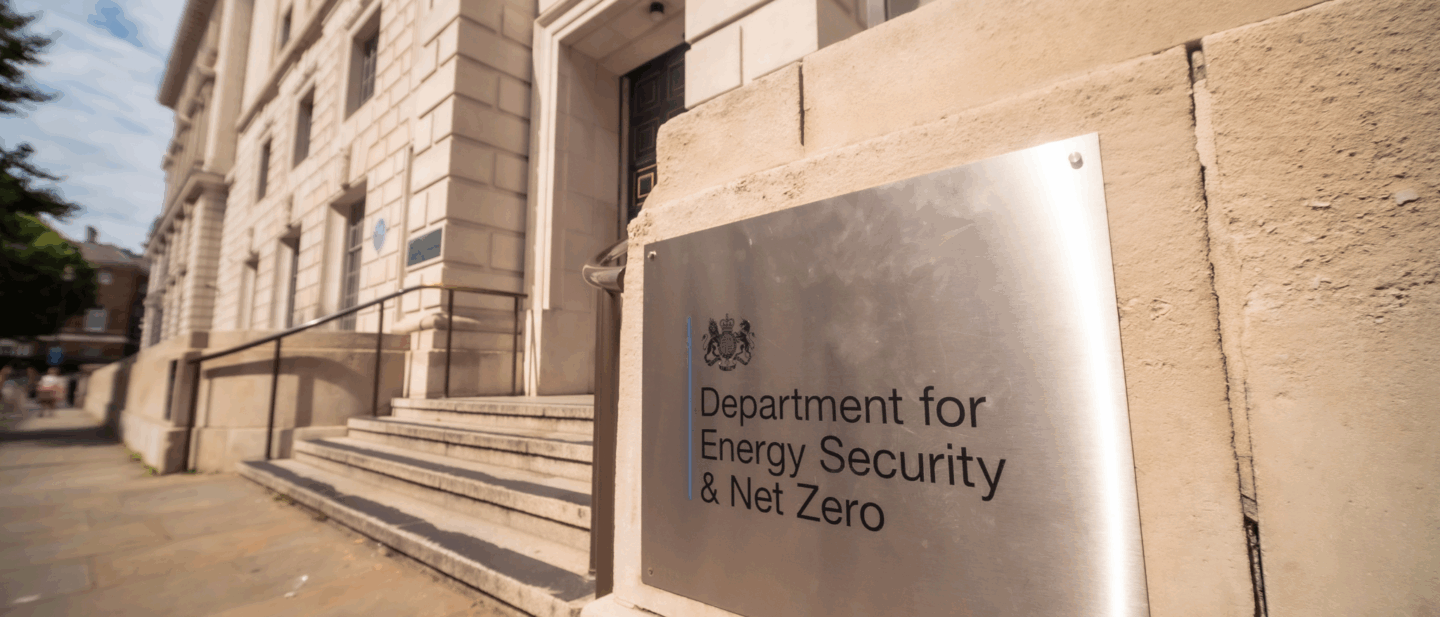What’s next: how can public sector organisations overcome the withdrawal of the Public Sector Decarbonisation Scheme?
As budgets tighten and sustainability ambitions sit uncomfortably alongside the financial reality public sector organisations face, the loss of PSDS funding risks slowing the pace of decarbonisation across the public sector. Yet there is also an opportunity, in reframing the challenge, revising the priorities, and building resilience into energy and carbon strategies that can still succeed.

What’s next: how can public sector organisations overcome the withdrawal of the Public Sector Decarbonisation Scheme?
The Public Sector Decarbonisation Scheme (PSDS) has played a key role in helping public sector organisations reduce their carbon emissions, modernise infrastructure, and move closer to Net Zero. Through the provision of capital grants for low-carbon heating and energy efficiency projects, it provided an important financial foundation for progress that many local authorities, hospitals, and education providers have, up until now, relied on.
But with the scheme now withdrawn, many organisations are asking what happens next?
As budgets tighten and sustainability ambitions sit uncomfortably alongside the financial reality public sector organisations face, the loss of PSDS funding risks slowing the pace of decarbonisation across the public sector. Yet there is also an opportunity, in reframing the challenge, revising the priorities, and building resilience into energy and carbon strategies that can still succeed.
Understanding the gap
It’s important to note that the PSDS wasn’t just about reducing emissions; it was about enabling action. For many public sector organisations, it bridged the gap between ambition and delivery by unlocking funding for building retrofits, heat pump installations, and efficiency upgrades that might otherwise have been out of reach.
Without that support, the immediate concern is a funding gap, with fewer opportunities for large-scale capital projects and a loss of confidence in long-term planning. There’s also the risk of “Net Zero fatigue”, where competing priorities and limited budgets push decarbonisation further down the agenda.
But the challenge isn’t just financial, it’s also about capability. There’s a need to ensure that organisations can continue to identify, measure, and act on opportunities to reduce energy use and emissions, even without dedicated funding streams.
Building greater resilience
The withdrawal of the PSDS is a harsh reminder that Net Zero progress cannot depend solely on grants. Public sector organisations now have a chance to shift from reliance to resilience, embedding energy management into their operational and strategic planning, rather than treating it as a standalone or funding-led initiative.
This means using energy data not just to report progress, but to be the catalyst for it. That could mean treating every kilowatt saved as a cost avoided and an emission reduced. And it means designing Net Zero pathways that are flexible and adaptive, built on real performance insights, not one-off funding opportunities.
In short, it’s an opportunity to move from a project-based mindset to a strategy-based one.
Making better use of what’s already available
Even without new capital investment, progress is possible. The first step is to make the most of the assets and data already available, such as:
- Baselining and monitoring energy use to pinpoint inefficiencies and focus effort where it matters most.
- Empowering departments and teams to take ownership of consumption and behaviours that drive change.
- Optimising building operations, from heating schedules to equipment maintenance, to cut waste and reduce costs without compromising service delivery.
Many of these actions require little or no upfront expenditure but can generate measurable results, reduce carbon and cost, and build a strong case for future investment.
Exploring alternative routes to funding
While the PSDS may have ended, other mechanisms still exist, and new ones are emerging.
Public sector organisations can explore options such as:
- Salix Energy Efficiency Loan Scheme (SEELS) – interest-free loans for energy efficiency measures.
- Energy Performance Contracts (EPCs) – partnerships where energy savings fund the investment.
- Power Purchase Agreements (PPAs) – enabling renewable generation on-site or through off-site arrangements with no capital outlay.
- Local partnerships and community projects – pooling resources or co-investing in shared energy infrastructure.
Transparency and robust data are critical to accessing these routes, with the demonstration of measurable performance and return on investment building the confidence of both internal stakeholders and external partners.
Building a long-term energy strategy
Now is the time for every public sector organisation to revisit its pathway to Net Zero. That starts with understanding where you are today, your baselines, consumption patterns, and emissions profile, and setting staged, realistic targets for where you want to be.
A well-designed pathway should integrate:
- Better energy procurement, to ensure price stability and carbon alignment.
- Operational efficiency, to drive down waste and optimise consumption.
- On-site generation, to reduce reliance on the grid and improve resilience.
- Continuous monitoring and review, so progress can be tracked and strategy adjusted as conditions change.
By combining these elements, organisations can build momentum that doesn’t rely on external grants, making energy efficiency a continuous improvement process, not a one-off event.
Turning constraint into opportunity
The end of the Public Sector Decarbonisation Scheme is a setback, but it doesn’t have to be a roadblock. If anything, it’s a moment for innovation and leadership. Taking a different approach to action, using data, collaboration, and flexible strategies, will not only continue the journey to Net Zero, but enable public sector organisations to emerge stronger and more resilient in the face of future challenges.
Progress may look different, but it remains possible. The pathway to Net Zero is still open, it just requires a new way of thinking.

Related Insight
-

Energy Procurement
Five ways public sector organisations can unlock funds using energy strategy.
With rising service demands and tight budgets, public sector organisations are under constant pressure to do more with less. But while financial pressures dominate the…
Find out more -

Market Insights
The £67bn opportunity: why partnerships hold the key to local Net Zero delivery
Councils have the ambition — but not the funds — to deliver Net Zero. With £27bn of investment-ready local projects poised to unlock £67bn in…
Find out more -

Market Insights
A virtuous circle: is the key to NHS sustainability progress to be found in a circular approach?
As the NHS continues to grapple with rising demand, constrained budgets, and the urgent need to reduce emissions, the pressure to find sustainable solutions is…
Find out more